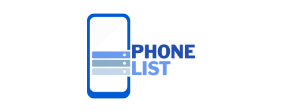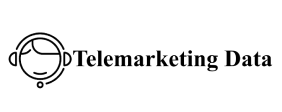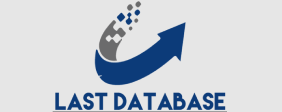User segmentation and retargeting are intricately connected strategies within the realm of digital marketing.Working in tandem to optimize the effectiveness of advertising campaigns and enhance overall customer engagement. User segmentation involves categorizing a brand’s audience into distinct groups based on shared characteristics, behaviors, or preferences. Retargeting, on the other hand, is the practice of targeting ads Photo Restoration Service specifically to users who have previously interacted with a brand’s website, products, or content. The relationship between these two strategies lies in how user segmentation informs retargeting efforts. Enabling marketers to deliver personalized and relevant content to specific audience segments. User segmentation serves as the foundation upon which successful retargeting campaigns are built. By dividing a brand’s audience into smaller, more manageable groups, marketers gain a deeper understanding of their customers’ preferences, behaviors, and needs. Segmentation can be based on various criteria, such as demographics, purchase history, browsing behavior, engagement level, and geographic location.
User segmentation and retargeting
This segmentation process creates distinct segments or groups that share common traits, allowing marketers to tailor their retargeting messages and strategies accordingly. Once user segments are identifi, retargeting comes into play. Instead of employing a one-size-fits-all approach to advertising, retargeting enables marketers to deliver content that speaks directly to the interests and preferences of each segment. For example, users who abandoned their shopping carts might receive retargeted ads showcasing the products they left behind. While users who browsed a specific category might see ads promoting related items. The relationship between user segmentation and retargeting is mutually beneficial. User segmentation enhances the efficacy of retargeting by enabling marketers to create hyper-targeted campaigns. By focusing on specific segments, advertisers can avoid bombarding users with irrelevant content, ensuring that retargeted ads are aligned with users’ interests and needs. This personalized approach increases of capturing the user’s attention, re-engaging them, and ultimately driving conversions.
This segmentation process creates
Conversely, retargeting provides valuable feedback for user segmentation strategies. The insights gained from users’ responses to retargeted ads can inform the refinement of segment characteristics. Marketers can adjust their segmentation criteria based on which segments Book Your List respond positively to retargeting efforts and which require further optimization. Moreover, user segmentation and retargeting contribute to a seamless and consistent customer experience. When users encounter ads that resonate with their interests and behaviors. They are more likely to perceive the brand as attentive and relevant. This can lead to higher engagement rates, increased brand loyalty, and a positive impact on customer satisfaction. However, it’s essential to note that the relationship between user segmentation and retargeting relies heavily on data privacy and ethical considerations. Advertisers must handle user data responsibly.Ensuring compliance with regulations like the General Data Protection Regulation (GDPR). And obtaining user consent for data collection and retargeting efforts.







